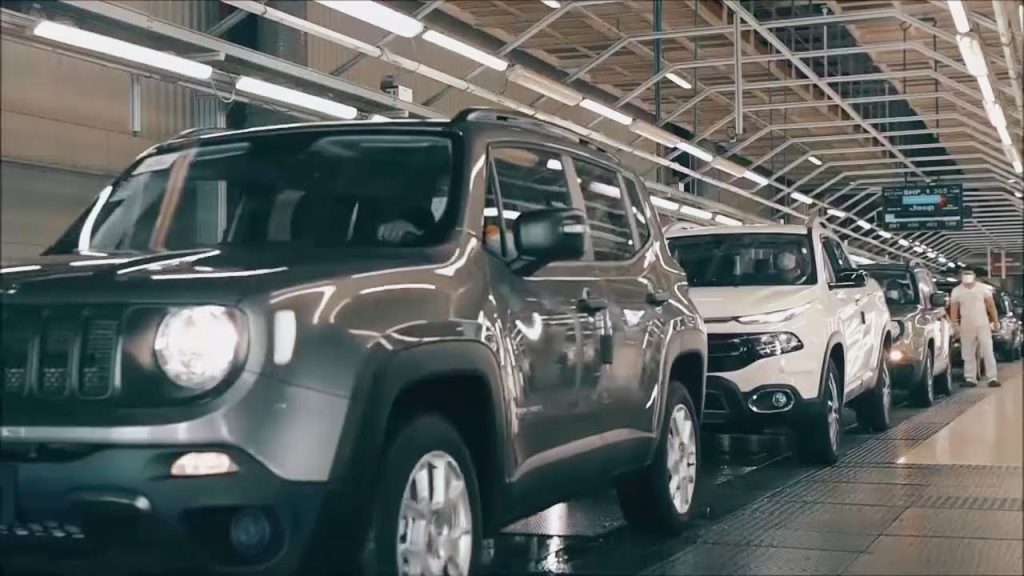Battery Factory in Spain Marks a Key Move for Stellantis’ Electric Car Strategy
Others are reading now
In the past year, Stellantis and Chinese battery giant CATL formed a strategic partnership to boost the European automotive industry.
The goal was to strengthen the battery supply chain and develop technology for 100% electric vehicles.
This collaboration has led to a major development in the Spanish automotive sector, writes Motor. Stellantis and CATL have announced the construction of a new LFP (lithium iron phosphate) battery factory in Spain.
This factory, which will be located at Stellantis’ facilities in Zaragoza, is expected to begin production by the end of 2026.
Also read
It represents a key milestone for both companies and the electric vehicle (EV) market in Europe. The project is part of a joint venture that will invest up to 4.1 billion euros.
The factory will be built in phases and will be fully carbon neutral, which is an important consideration in today’s environmentally-conscious market.
LFP batteries have become crucial for affordable electric cars. CATL, one of the largest battery manufacturers in the world, has been a strong supporter of this technology.
LFP batteries are cheaper to produce than other types and are gaining popularity in the EV industry.
Stellantis plans to use these batteries for their subcompact and compact electric vehicles, especially in the B and C segments.
The factory is expected to have a production capacity of up to 50 GWh. However, the actual production levels will depend on the demand for electric vehicles in Europe and the support provided by both Spanish and European Union authorities.
Stellantis aims to use this factory to expand its range of electric cars, crossovers, and SUVs.
The plant will also play a role in Stellantis’ broader strategy of using a dual-chemistry approach, combining LFP batteries with NMC (Nickel Manganese Cobalt) batteries.
The new factory is a significant step for both Stellantis and the European electric vehicle market, marking a new chapter for the future of clean and affordable mobility.








